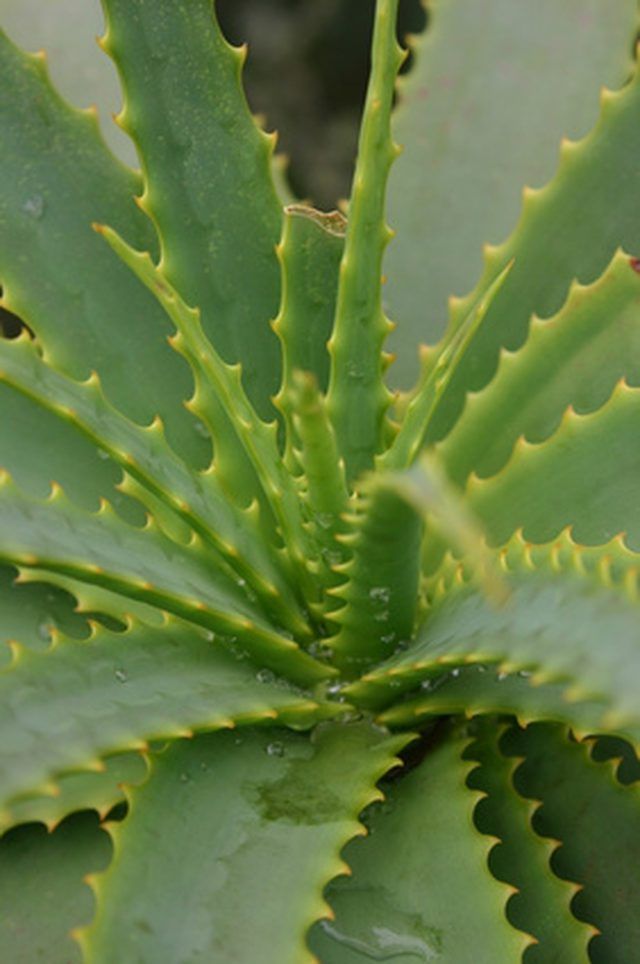Bulbs
Flower Basics
Flower Beds & Specialty Gardens
Flower Garden
Garden Furniture
Garden Gnomes
Garden Seeds
Garden Sheds
Garden Statues
Garden Tools & Supplies
Gardening Basics
Green & Organic
Groundcovers & Vines
Growing Annuals
Growing Basil
Growing Beans
Growing Berries
Growing Blueberries
Growing Cactus
Growing Corn
Growing Cotton
Growing Edibles
Growing Flowers
Growing Garlic
Growing Grapes
Growing Grass
Growing Herbs
Growing Jasmine
Growing Mint
Growing Mushrooms
Orchids
Growing Peanuts
Growing Perennials
Growing Plants
Growing Rosemary
Growing Roses
Growing Strawberries
Growing Sunflowers
Growing Thyme
Growing Tomatoes
Growing Tulips
Growing Vegetables
Herb Basics
Herb Garden
Indoor Growing
Landscaping Basics
Landscaping Patios
Landscaping Plants
Landscaping Shrubs
Landscaping Trees
Landscaping Walks & Pathways
Lawn Basics
Lawn Maintenance
Lawn Mowers
Lawn Ornaments
Lawn Planting
Lawn Tools
Outdoor Growing
Overall Landscape Planning
Pests, Weeds & Problems
Plant Basics
Rock Garden
Rose Garden
Shrubs
Soil
Specialty Gardens
Trees
Vegetable Garden
Yard Maintenance
How to Troubleshoot Aloe Plant Water & Root Rot
How to Troubleshoot Aloe Plant Water & Root Rot. Aloe vera plants are a succulent which have long, green, spiky leaves that grow out of the ground. The leaves of the aloe plant are thick and flexible and contain a clear sap. The sap of the aloe plant is used for medicinal purposes on skin conditions such as cuts, scrapes and sunburns. Although aloe...

Aloe vera plants are a succulent which have long, green, spiky leaves that grow out of the ground. The leaves of the aloe plant are thick and flexible and contain a clear sap. The sap of the aloe plant is used for medicinal purposes on skin conditions such as cuts, scrapes and sunburns. Although aloe plants are made mostly of water, overwatering will cause them to develop a condition called root rot.
Look at the plant to see if the green leaves are growing straight up away from the plant, or whether the tips are wilting downward. Tips that wilt down are an indication of root rot in the plant.
Check the coloring of the plant to see if the leaves are yellow or black rather than green. If the leaves are yellow the plant is suffering from root rot but can be saved. If the leaves are black the aloe plant is probably too far gone to save.
Grasp one of the leaves between you fingers and squeeze it gently. The leaf should feel firm and bounce back when you release your fingers. If it feels like an overripe banana, or if indentions remain where your fingers were located, then the plant has been overwatered.
Look at the soil that the aloe plant is sitting in. If the top of the soil is soggy, then it has too much water. The soil should be moist to the touch just after watering but should be allowed to dry out in between waterings.
Lift potted plants out of their containers to examine the root system for root rot. Root rot turns the roots brown instead of white and causes a slime to develop on the roots.
Tips & Warnings
Aloe plants can withstand under watering better than over watering. You should only water the plant when the top of the soil is completely dry to the touch.